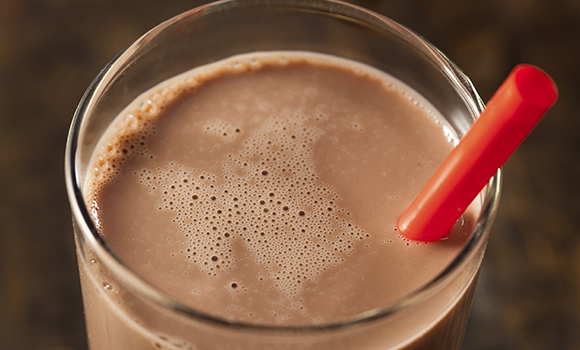Cool Down
1 of 6
One of the most overlooked parts of running is the cool-down period, which is meant to efficiently bring your body back to a resting state. During a cool-down, your heart rate will decrease, your veins will constrict and your blood pressure will drop, yet your blood will continue to pump out metabolic waste while it begins to repair damaged muscle fibers.
To cool down properly, jog slowly for 5 to 10 minutes. After that, perform bodyweight exercises to target other muscles groups. A 15-minute routine of jumping jacks, high knees, butt kicks and high skips will help strengthen your muscles and reduce post-workout tightness.
Rehydrate
2 of 6
Maintaining your fluid intake throughout the day is critical. After running, you'll need to replace fluids you lost through sweating. A few glasses of water can make a big difference. To check your hydration levels, use the "pee test." If your urine is the color of lemonade or lighter, you're properly hydrated. If it's darker, you need more water.
You'll also need to replace electrolytes, which can be found in sports drinks, smart water products, gels, chews or salt tablets. If you prefer real food instead of processed sports nutrition, you can also find electrolytes (such as sodium, potassium, magnesium and calcium) in foods like bananas, avocados, pretzels and coconut water. Be sure to check the label on your sports nutrition products, as many contain far too much sugar to benefit post-workout recovery.
Stretch
3 of 6
In Meb Keflezighi's book, "Meb for Mortals," he refers to his daily stretching routines as "pre-hab" for runners that might otherwise end up injured and require a lengthy rehabilitation period. At 41 years old, Keflezighi will be competing at the 2016 Olympic Games as the oldest U.S. Olympic runner in history, proving that the steps he takes to reduce injury risk are well worth the time and energy.
Static stretching is an excellent way to reduce post-workout muscle soreness and maintain good flexibility. Static stretches are held for 30 seconds, as opposed to dynamic stretches that involve continuous movement. To avoid injury, static stretches should never be forced. Move slowly into the stretch until you feel the first bit of tension in the muscle, and hold there.
Eat
4 of 6
It's important to refuel your body with the energy you expended shortly after working out. Matt Fitzgerald, author of "The New Rules of Marathon and Half-Marathon Nutrition," recommends carbohydrates to replenish muscle fuel stores and protein to repair muscle damage.
The forms in which you ingest these nutrients are less important, but Fitzgerald prefers to see runners get them from natural, unprocessed sources such as yogurt and fruit. Chocolate milk is a popular option because it contains a recommended ratio of 4:1 carbohydrates to protein—and it tastes great.
Rest
5 of 6
Former professional runner Ryan Hall—the American record holder in the half marathon—likes to refer to his post-run naps as business meetings, which makes sense since it's a crucial part of his workday. Sleeping is the number one way to repair, recover and rebuild after an intense workout. Unlike professional runners, you don't need to go to sleep immediately after you finish a run, but do try to get the most out of your training by sleeping at least eight hours each night, especially on days you've had an especially difficult workout.
Non-running days are also an important part of the training cycle. Many weekly training programs include one or two rest days, and it's important to stick to that schedule. Rest days give your body a chance to fully recover and avoid injury as a result of overtraining.
Get ACTIVE on the Go


Couch to 5K®
The best way to get new runners off the couch and across the finish line of their first 5K.
Available for iOS | Android






Discuss This Article